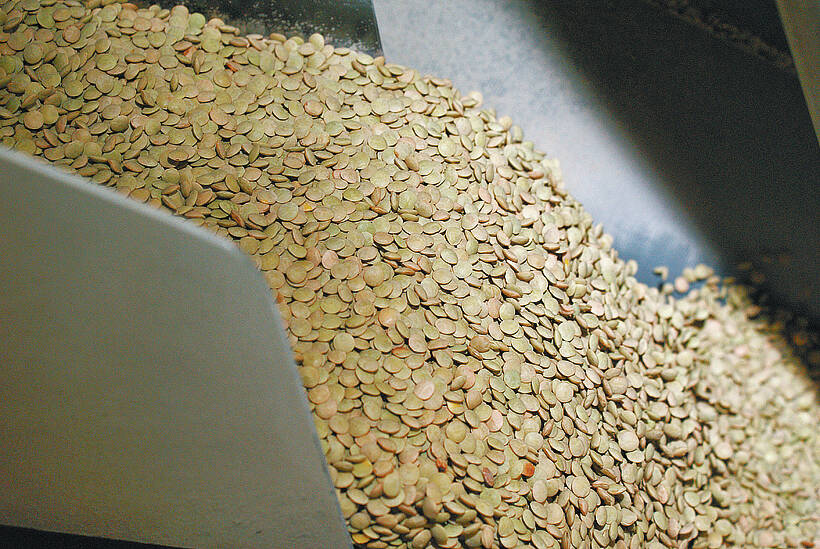Value-added fund raising
Many years ago, I spent a winter Saturday in a dark, greasy garage with about a dozen others.
We shuffled about in the barely heated building, waiting for “the shipment” from the south.
We murmured questions to each other. Will it make it across the border? Will we be able to sell it?
The awaited shipment was, of all things, a semi truck load of oranges and grapefruits.
Someone in the university concert band I belonged to thought that selling fruit door to door would help raise money for our forthcoming trip to Vancouver.
Read Also

Green lentil market oversupplied
Farmers in Western Canada can expect price pressure on their new crop of green lentils, as the available supplies among the world’s major lentil-growing nations increase significantly.
He was right. We made lots and the trip out West was a success.
Most of us have sold something for a volunteer organization – chocolate bars, tickets, grapefruits.
I thought little of it until last week when I was chatting with Bob Whitelaw. He has been hired by the Canadian Farm Business Management Council to identify emerging issues and point out where government might develop policy to help farmers deal with the changes. He has just begun, but as he crosses the country talking with farm groups and agricultural bureaucrats, he is picking up ideas.
One thing he has noted is how some farmers are trying to improve income by doing small scale processing and by selling direct to consumers.
There are farmers’ markets. Some entrepreneurs put their saskatoon jams, soaps and wheat weavings in gift shops and tourism spots.
This is enough for some, but others want bigger markets. To make the leap to grocery store shelves is expensive.
Whitelaw suggests community groups could sell prairie-produced products as part of their fund raising activities.
Some do, but only at a local level. To really succeed would require co-ordination that perhaps a group such as a provincial food processors organization could provide.
Farmers and small processors with products to sell would be identified and a catalogue developed.
Non profit associations – community groups, service clubs, schools, sports teams and arts organizations – would be informed of the program.
Community groups would get a percentage of the selling price and the farmers would get their products into more homes than they could hope to reach themselves.
All the money would stay close to home and benefit the local community.
We have so much that we produce ourselves to offer. Why would we wait around for a load of California or Florida grapefruits?














